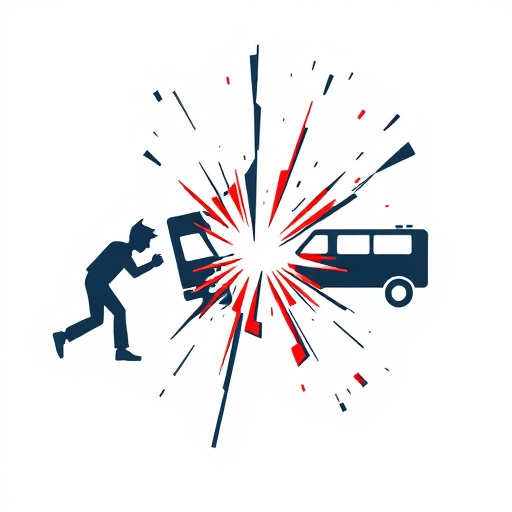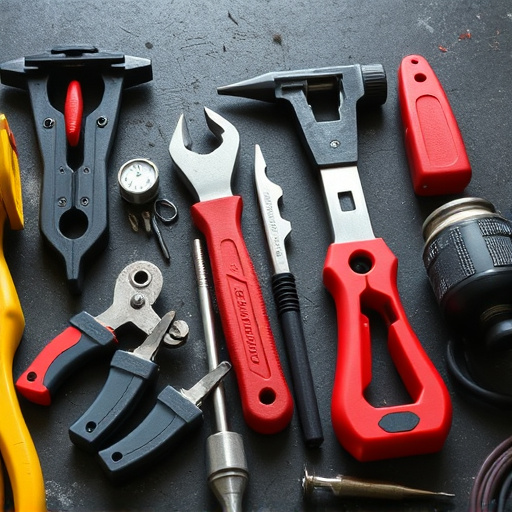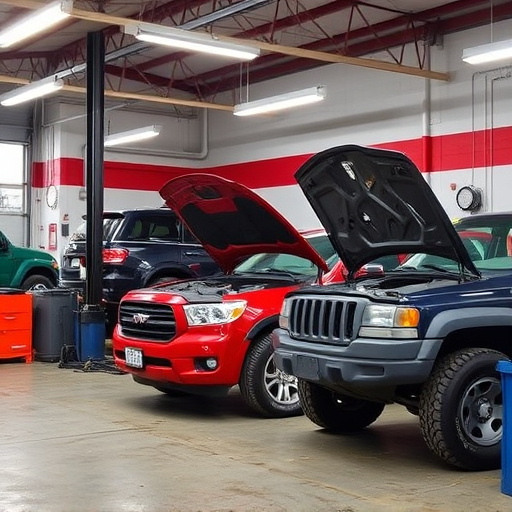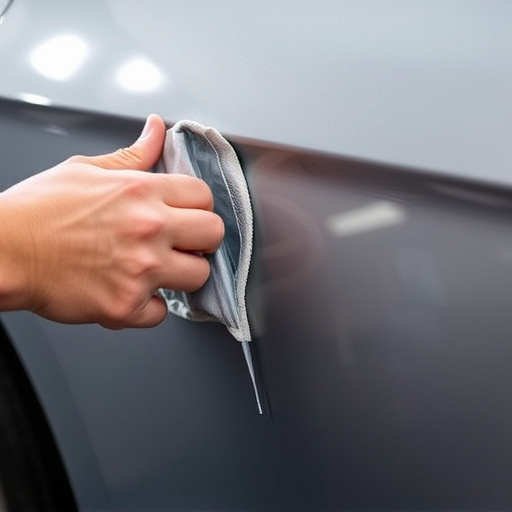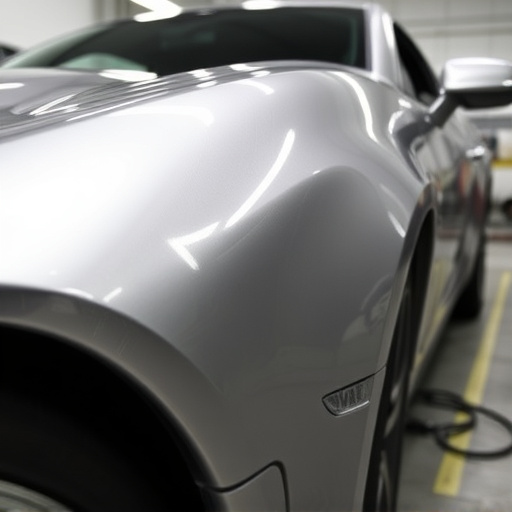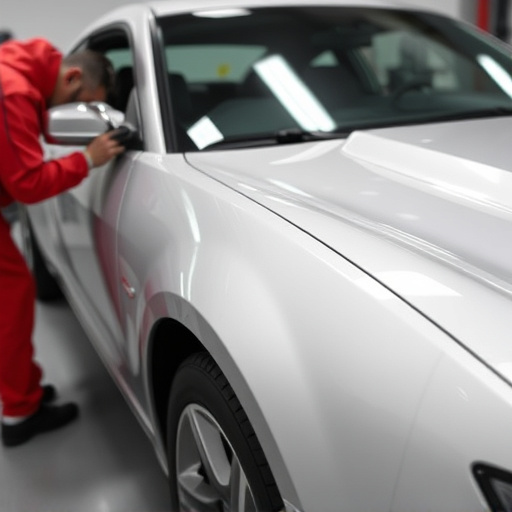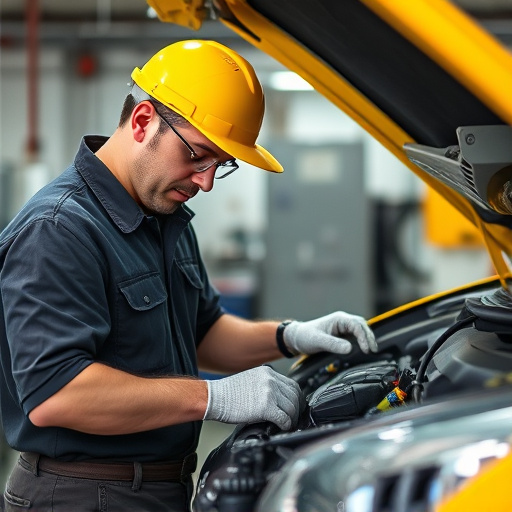Pre-delivery inspection is vital for aluminum and steel panels, ensuring quality and safety before delivery. This process identifies defects, damages, incorrect installations, or misalignments, minimizing risks and enhancing customer satisfaction, especially in demanding sectors like luxury car repairs. A detailed checklist should be used to verify panel quantity, packaging, corrosion, certifications, coating integrity, and dimensions. Meticulous preparation enhances inspection efficiency, ensuring panels meet collision repair standards, safeguard supplier reputation, and ultimately ensure vehicle safety.
In the stringent world of construction, ensuring material quality through meticulous pre-delivery inspection (PDI) is paramount. For aluminum and steel panels, this process verifies integrity, adherence to standards, and optimal condition prior to installation. This article delves into the significance of PDI procedures, offering a comprehensive guide on understanding, preparing for, and conducting thorough inspections to maintain superior craftsmanship and project integrity.
- Understanding Pre-Delivery Inspection: The Why and What
- Preparing for the Inspection: A Checklist for Aluminum and Steel Panels
- Conducting a Thorough Inspection: Ensuring Quality and Compliance
Understanding Pre-Delivery Inspection: The Why and What
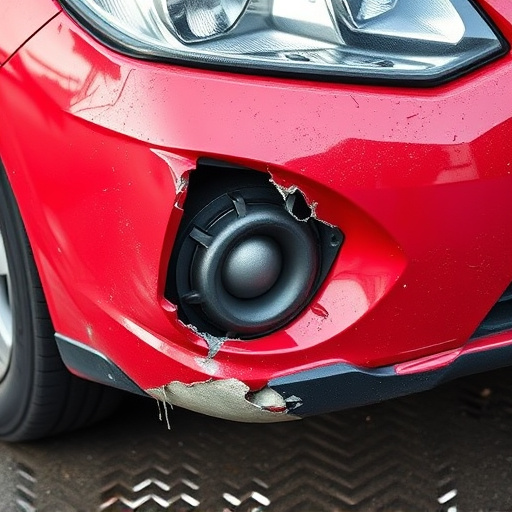
Pre-delivery inspection is a vital step in ensuring the quality and integrity of aluminum and steel panels before they reach their final destination. This process serves as a quality control measure, identifying any potential issues or defects that may have occurred during manufacturing or transportation. By conducting a thorough pre-delivery inspection, businesses can mitigate risks and ensure customer satisfaction.
The scope of this inspection includes examining the panels for dents, scratches, rust, or any signs of damage. In the context of vehicle repair, especially for luxury brands like Mercedes Benz, meticulous attention is given to each panel to maintain precision and aesthetics. Efficient dent removal techniques are employed to restore the original condition, ensuring that the final product meets high standards. This process is not just about checking for physical damage but also verifying that all panels are correctly installed, aligned, and meet the specified dimensions.
Preparing for the Inspection: A Checklist for Aluminum and Steel Panels
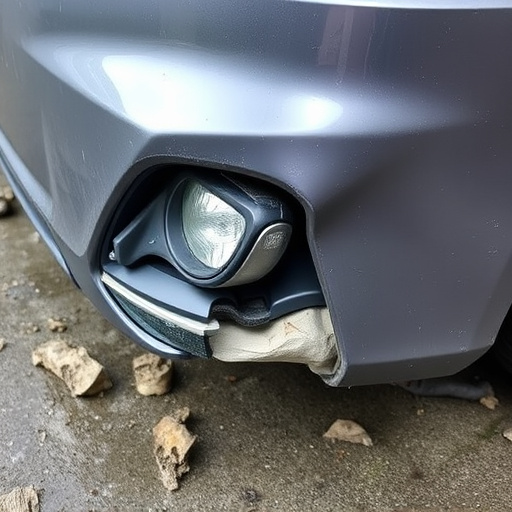
Before conducting a pre-delivery inspection on aluminum or steel panels, it’s crucial to be prepared with a comprehensive checklist. This ensures that no detail is overlooked, guaranteeing the highest quality standards for your products. Start by verifying the quantity and specifications of each panel against the order details. Check for proper packaging and protection to prevent damage during transit. Inspect the panels for visible signs of corrosion or damage, focusing on edges, corners, and areas prone to wear. Look for straightness and flatness, as well as the absence of deformities.
Additionally, review any documentation accompanying the shipment, such as certifications or test reports, to ensure they align with your quality standards and regulatory requirements. For aluminum panels, assess the coating integrity, checking for chipping, peeling, or other defects. In the case of steel panels, verify the paint finish, seeking consistency and freedom from defects. Remember, meticulous preparation enhances the efficiency of your inspection process, akin to how auto maintenance checks ensure the smooth operation of vehicles, while auto body restoration techniques revive damaged panels to their original condition.
Conducting a Thorough Inspection: Ensuring Quality and Compliance

Conducting a comprehensive pre-delivery inspection is paramount when dealing with aluminum and steel panels, especially for those destined for collision repair shops or vehicle repair centers. This meticulous process ensures that each panel meets the highest standards of quality and safety. Inspectors must carefully examine the panels for any signs of damage, deformity, or structural issues. The goal is to identify even the slightest imperfections, as these can impact the overall performance and longevity of the panels during installation and subsequent vehicle repair processes.
A rigorous inspection involves visually assessing the surface for scratches, dents, or rust spots, while also checking the edges and corners for proper alignment and integrity. In addition, measuring the dimensions against the specified tolerances is crucial to guarantee a precise fit when replacing damaged body panels in collision repair centers. This thorough scrutiny not only safeguards the reputation of suppliers but also plays a vital role in ensuring customer satisfaction and vehicle safety on the road.
A meticulous pre-delivery inspection of aluminum and steel panels is paramount to ensuring product quality, adherence to industry standards, and client satisfaction. By following a comprehensive checklist and conducting a thorough examination, you can identify potential issues, mitigate risks, and guarantee the delivery of superior materials. This process is an essential step in the supply chain, allowing for smooth operations and fostering trust among stakeholders. Implement these procedures to streamline your inspections and maintain consistent quality across all deliveries.


